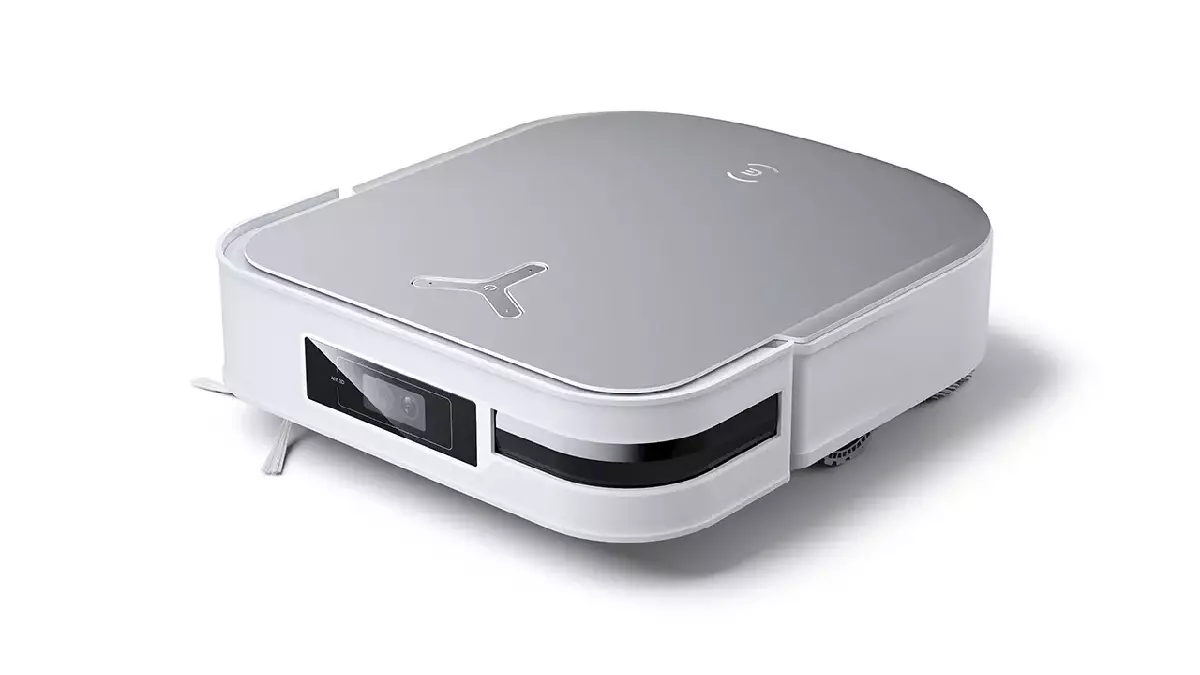In recent years, smart devices have permeated our households, transforming mundane tasks into automated experiences. From intelligent thermostats to high-tech lighting systems, these appliances promise increased convenience and efficiency. However, as we’ve welcomed these cutting-edge technologies into our lives, a darker reality has emerged: they are susceptible to hacking. The troubling case of a Minnesota lawyer whose Ecovacs Deebot X2 robot vacuum was commandeered reflects the pressing need to assess the safety of our smart home gadgets.
The incident involving Daniel Swenson serves as a glaring example of the unforeseen threats posed by smart devices. Reports from ABC News describe how Swenson’s vacuum began spewing racist profanities, effectively holding his household hostage to a torrent of obscenities. Even after updating his account password, the issue persisted. Only by physically disabling the device was he able to regain control. Such occurrences are not isolated; in fact, other users across different states have reported similarly alarming experiences with their Ecovacs devices, including one night when it suddenly awakened to unleash a vulgar tirade. Clearly, these robotic companions, initially designed to ease household chores, can turn into sources of stress and fear due to vulnerabilities in their security.
What makes this situation even more concerning is the timing of these incidents. Security researchers flagged various vulnerabilities in Ecovacs products months prior, raising alarms about potential security breaches. While the company may have responded by attributing the issues to a “credential stuffing” attack, this negligence highlights a failure in communication and accountability toward its users. Rather than providing proactive updates about known security flaws, Ecovacs appears to have taken a reactive stance, allowing incidents like those experienced by Swenson to occur.
One notable entry point for hackers is the Bluetooth connectivity feature. Despite the apparent ease of targeting a device from significant distances, the casual observation that one could exploit the Bluetooth connectivity suggests a reliance on physical proximity may not be the primary means of control in the extensive hacking narrative surrounding these robot vacuums. The reliance on sophisticated hacking tools to access devices raises relevant concerns about what constitutes a robust security breach in a world where even amateur hackers can gain access to private apparatus.
Further investigations by ABC News elucidated troubling revelations; they succeeded in exploiting the Bluetooth connection to access the camera and microphone of an Ecovacs X2 Omni with little more than a smartphone. This alarming discovery amplifies concerns about user privacy and the safety of having such devices integrated into our homes. If basic tools can circumvent security measures, then it’s imperative that device manufacturers reassess their cybersecurity protocols and practices.
In response to the mounting scrutiny, Ecovacs has committed to rolling out a security update for its X2 model, claiming that the threats are “extremely rare” in typical usage scenarios. However, these assertions do little to alleviate worries that malicious entities could exploit these vulnerabilities. Users are right to demand more than mere assurances; they should expect concrete action and transparent communication regarding security measures.
As we dive deeper into the era of smart technology, it is crucial that consumers remain vigilant regarding the devices they introduce into their homes. The incidents involving Ecovacs robot vacuums are not just anecdotes; they offer tangible warnings of the inadequacies within smart home cybersecurity. While these devices offer undeniable convenience, they should not come at the cost of our privacy and security. As we look toward a future increasingly embedded with technology, a renewed commitment to protective measures is essential—from both consumers and manufacturers alike. Rather than dismissing these breaches as flukes, consumers must advocate for enhanced security protocols to ensure a safe and enjoyable smart home experience. Without critical analysis and resulting action, the promise of smart technology could devolve into a nightmare of digital vulnerabilities.

